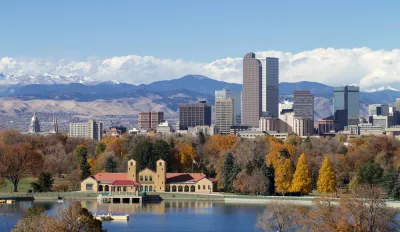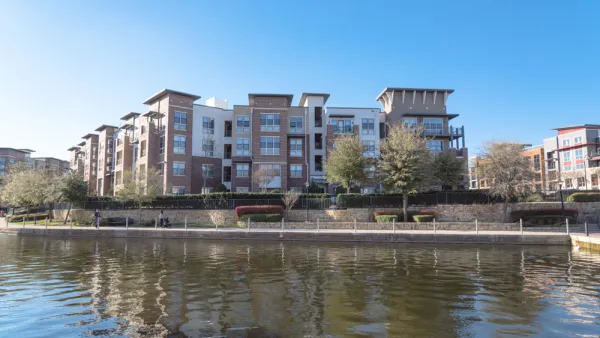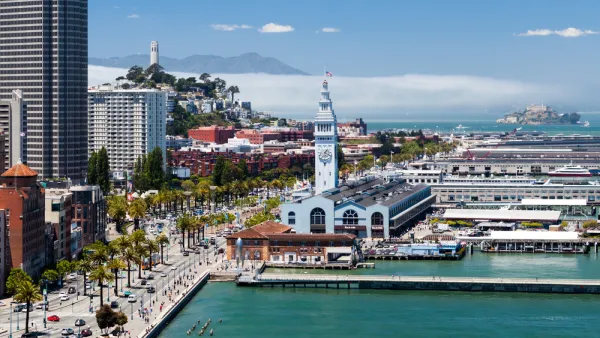The Brookings Institution's Global Cities Initiative recently released a report proposing a new definition for global cities, which is actually seven definitions.

Jesus Leal Trujillo and Joseph Parilla presents a report that proposes a new formula for measuring the global stature of cities. The "Redefining global cities: The seven types of global metro economies" report presents seven varieties of global cities, taking into account how recent processes of urbanization have "upended the classic notion of a global city." Here, the authors explain the context for the study:
No longer is the global economy driven by a select few major financial centers like New York, London, and Tokyo. Today, members of a vast and complex network of cities participate in international flows of goods, services, people, capital, and ideas, and thus make distinctive contributions to global growth and opportunity.
The seven types of global cities are: 1) Factory China, Knowledge Capitals, Emerging Gateways, Asian Anchors, Global Giants, American Middleweights, and International Middleweights. There are only two "Global Giants" in the Western Hemisphere, according to the study: New York City and Los Angeles.
The article includes interactive infographics that break down more of the data behind each of these distinctions.
FULL STORY: Redefining Global Cities

National Parks Layoffs Will Cause Communities to Lose Billions
Thousands of essential park workers were laid off this week, just before the busy spring break season.

Retro-silient?: America’s First “Eco-burb,” The Woodlands Turns 50
A master-planned community north of Houston offers lessons on green infrastructure and resilient design, but falls short of its founder’s lofty affordability and walkability goals.

Delivering for America Plan Will Downgrade Mail Service in at Least 49.5 Percent of Zip Codes
Republican and Democrat lawmakers criticize the plan for its disproportionate negative impact on rural communities.

Test News Post 1
This is a summary

Test News Headline 46
Test for the image on the front page.

Balancing Bombs and Butterflies: How the National Guard Protects a Rare Species
The National Guard at Fort Indiantown Gap uses GIS technology and land management strategies to balance military training with conservation efforts, ensuring the survival of the rare eastern regal fritillary butterfly.
Urban Design for Planners 1: Software Tools
This six-course series explores essential urban design concepts using open source software and equips planners with the tools they need to participate fully in the urban design process.
Planning for Universal Design
Learn the tools for implementing Universal Design in planning regulations.
EMC Planning Group, Inc.
Planetizen
Planetizen
Mpact (formerly Rail~Volution)
Great Falls Development Authority, Inc.
HUDs Office of Policy Development and Research
NYU Wagner Graduate School of Public Service




























